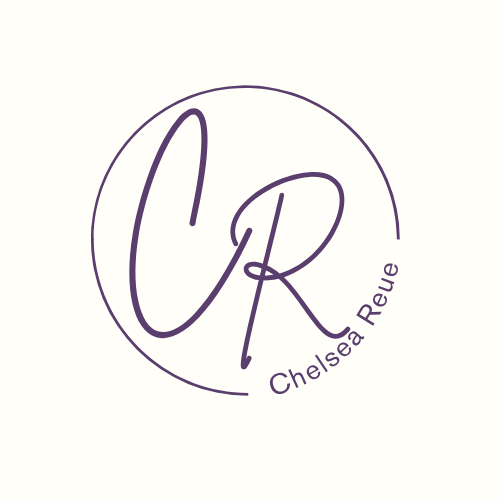Thinking about selling your preschool or childcare center? One of the most common questions I hear from owners is: “What does the process actually look like—and how long does it take?”
The truth? Selling a preschool isn’t like selling a house. It’s more personal, more complex, and—when done right—more profitable. Whether you’re ready to list now or just starting to explore your options, understanding the sales process is the first step toward a smooth and successful exit.
In this post, I’ll walk you through the 8 key stages of selling a preschool and give you a realistic timeline based on industry trends and firsthand experience as a Child Care Sales Specialist.
Step-by-Step: The Preschool Sales Process Explained
1. Initial Consultation
The first step is simply starting the conversation.
You’ll meet with a broker (ideally one who understands the childcare industry) to discuss your goals, timeline, and whether you’re selling the business only, the real estate, or both. This is also where we assess your current readiness—financially, operationally, and emotionally.
Tip: You don’t need to have all the answers. You just need to be open and honest about where you’re at.
2. Valuation & Documentation
Next, we gather and review key financial and operational documents:
- Profit and loss statements (2–3 years)
- Tax returns
- Enrollment history
- Staff structure and payroll
- Lease agreement or property documents
This stage helps determine a fair market value and often involves some financial cleanup. The stronger your financials, the more leverage you’ll have when buyers come calling.
3. Confidential Listing
Once we’ve finalized the valuation, your business is listed confidentially. That means:
- No public signage
- No email blasts to families or staff
- No disruptions to your day-to-day operations
Only pre-qualified, vetted buyers under non-disclosure agreements (NDAs) are given access to your school’s details. This protects your business, your staff, and your reputation during the process.
4. Buyer Inquiries & Showings
Interested buyers will:
- Sign an NDA
- Submit a buyer profile and proof of funds
- Schedule calls or in-person visits (as appropriate)
This stage can move quickly or slowly depending on buyer readiness, funding, and how appealing your business is.
5. Letter of Intent (LOI)
Once a serious buyer is ready, they’ll submit a Letter of Intent. This non-binding agreement outlines:
- The proposed purchase price
- What’s included (business only or business + real estate)
- Timeline for due diligence and closing
- Any contingencies (like licensing, financing, or inspection)
Accepting an LOI signals you’re entering exclusive negotiations with that buyer.
6. Due Diligence
This is the part of the process most sellers don’t expect to be so intense.
Buyers will review everything:
- Detailed financials
- Licensing history
- Staff records and payroll reports
- Contracts and vendor agreements
- Building inspection reports (if applicable)
A good broker will help manage this process, protect your time, and make sure buyer requests are appropriate and well-organized.
7. Financing & Legal Documents
While due diligence is underway, the buyer is often working with:
- SBA lenders or private banks
- Attorneys and CPAs
- Insurance providers
You’ll also be reviewing the purchase agreement and preparing for closing with your own advisors. This step usually overlaps with due diligence.
8. Closing Day
This is when all the signatures happen, funds are transferred, and the deal officially closes. Depending on the agreement, you may:
- Walk away cleanly that day
- Stay on for 30–90 days to support a transition period
Either way, it’s the moment you hand over the keys and step into your next chapter.
How Long Does It Take to Sell a Preschool?
Here’s a general timeline based on hundreds of real-world transactions:
| Stage | Timeframe |
| Valuation & Prep | 1–3 weeks |
| On the Market | 2–6 months |
| LOI to Close | 60–90 days |
| Total Time (on average) | 6–12 months |
Some deals close faster, especially when the business is clean, profitable, and well-documented. Others may take longer due to licensing delays, financing hurdles, or poor preparation.
Why Preparation Matters More Than You Think
Here’s a quick real-life example:
Two preschool owners went under contract the same month. One had clean financials, well-organized documentation, and clear systems. The other had missing payroll records and red flags throughout their books.
Guess who closed faster—and got a better price?
Buyers pay more for confidence. Preparation isn’t just about making the process smoother—it directly impacts your final sale price.
Final Thoughts: Ready Doesn’t Mean Rushed
Even if you’re not planning to sell for another year or two, the best time to start preparing is now. Getting your business in top shape before going to market is the single biggest factor in your timeline and your payout.
📥 Grab the Free Checklist
To help you map out the process and get organized, I’ve created a free one-page summary of the entire preschool sales process.
👉 Download the Preschool Sales Process Checklist at https://go.chelseareue.com/SalesProcess
Inside, you’ll find a breakdown of the 8 steps, suggested timelines, and what you need to prepare at each stage.
👋 Want to Talk?
If you’re ready to explore your options or just want a second opinion on your school’s value and sellability, I’d love to help.
Book a confidential strategy call at https://go.chelseareue.com/StrategySession and let’s see what’s possible.


